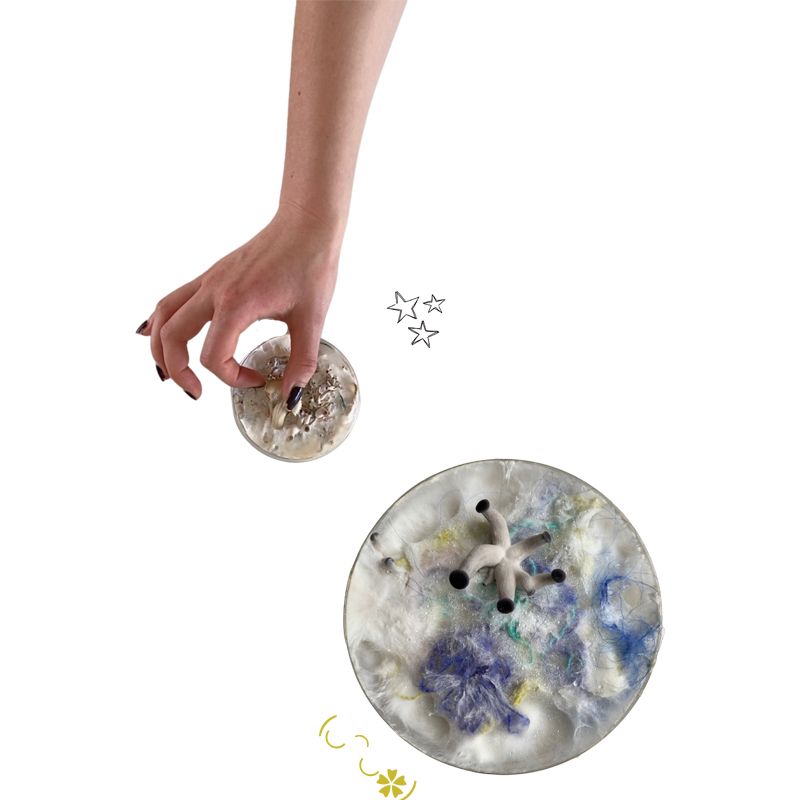Technology innovations and improved environmental, social and ethical practices will fundamentally change how clothes are made, consumed and experienced. To support the development of sustainable solutions for the fashion industry, capabilities in technology and sustainability need to be developed and combined with traditional fashion and textile craft-based knowledge and skills.
The Bachelor of Fashion and Textiles (Sustainable Innovation) provides you with the capability to work in diverse roles across the fashion and textiles sector with these principles in mind. You will gain practical, theoretical and technical skills to develop solutions, products and systems, using user-centred approaches at the intersection of design, technology, science, and art.
In this cutting-edge degree, you will delve into sustainability as a concept and goal within fashion and textiles.
You will explore industry-relevant knowledge and projects, ethical and sustainable practices, and material and digital technologies. You will also have the opportunity to minor in either fashion design, textile design, or fashion enterprise.



